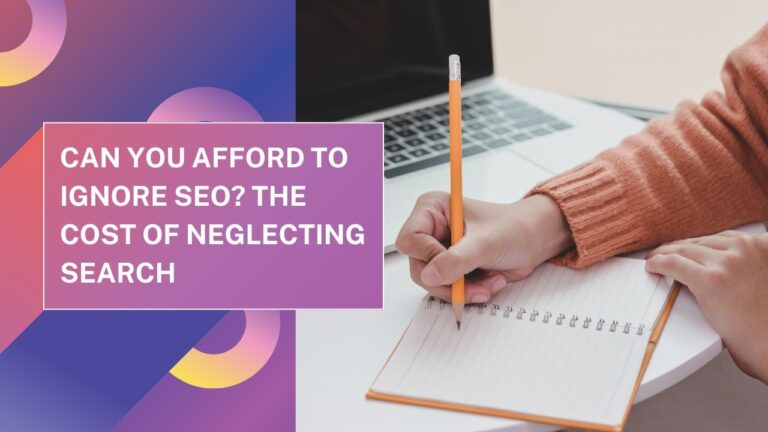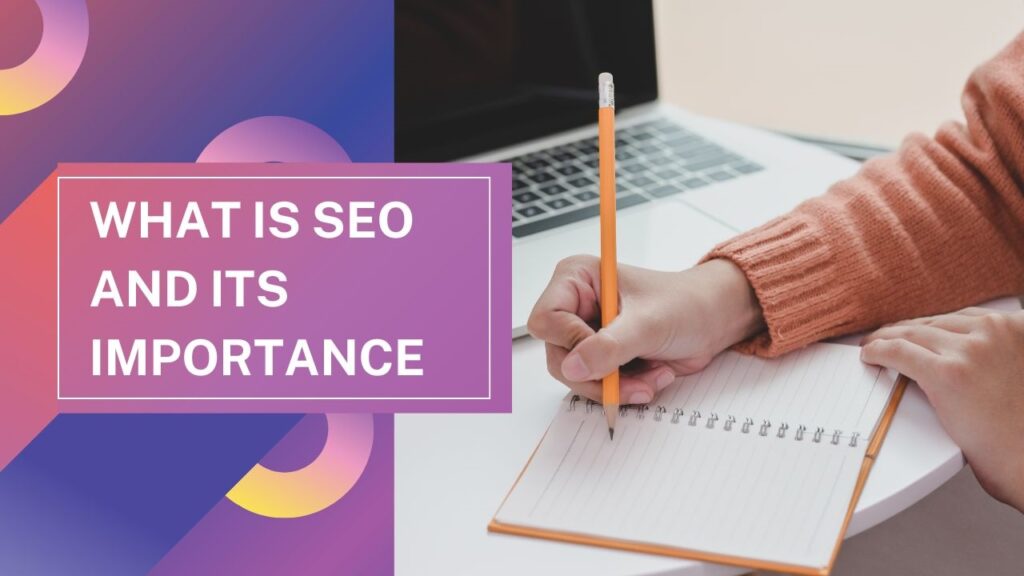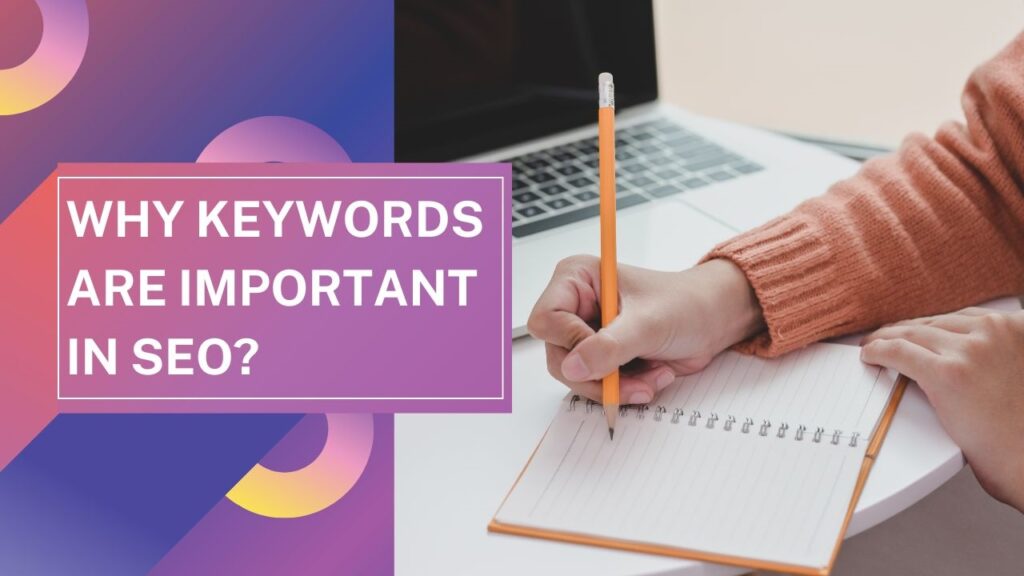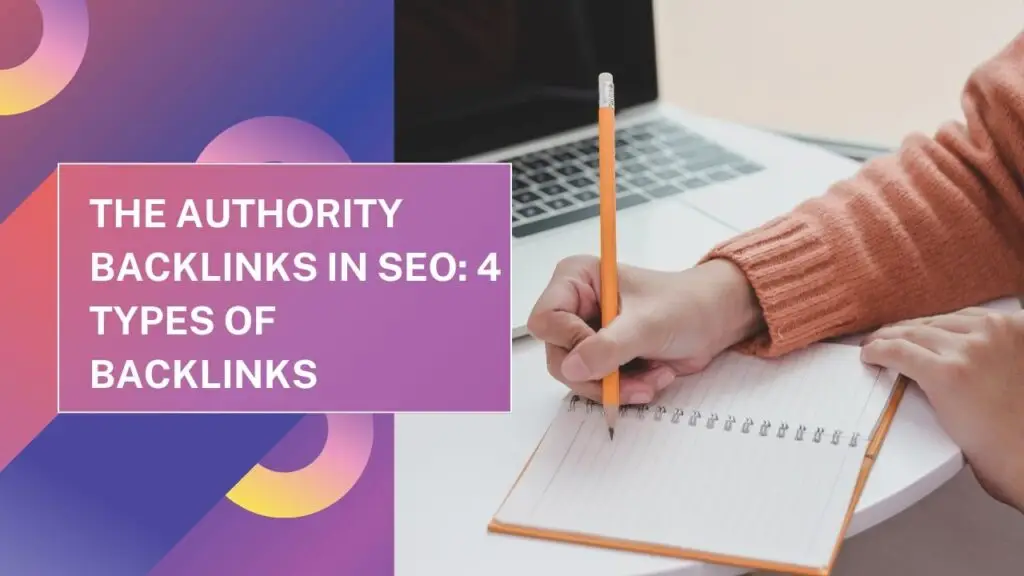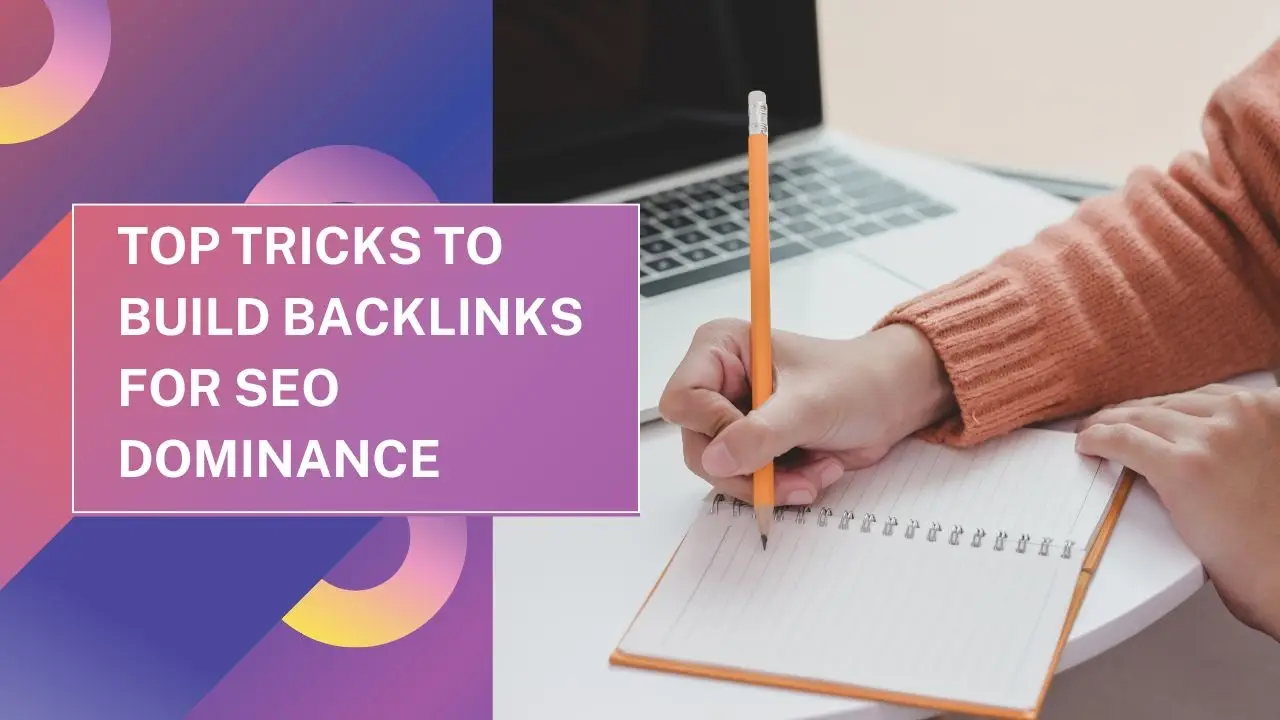The importance of search in SEO? Why it’s Important for Online Presence?EO lies in its ability to enhance a website’s visibility and ranking in search engine results, which is crucial for attracting organic traffic. Higher visibility means that potential customers will be more likely to discover your website, increasing the chances of generating leads and conversions. SEO helps in targeting specific keywords and phrases relevant to your business, ensuring that your site appears in front of users who are actively searching for the products or services you offer. This targeted approach drives more traffic and brings in visitors with a higher intent to purchase, improving the overall return on investment.
Moreover, SEO contributes significantly to building credibility and trust with your audience. Websites that rank higher in search results are often perceived as more authoritative and reliable. By consistently producing high-quality content, optimizing user experience, and earning backlinks from reputable sources, your website can establish a strong online presence and reputation. This trust translates to higher user engagement, longer visit durations, and better overall user satisfaction. In an increasingly competitive digital landscape, SEO provides a cost-effective strategy to outperform competitors and secure a lasting position in the market.
Increased Visibility and Rankings
Increased visibility and higher rankings in search engine results are fundamental to the success of any website. When a site appears at the top of search engine results pages (SERPs), it gains greater exposure to potential visitors who are searching for relevant information, products, or services. This prominence not only enhances brand awareness but also significantly increases the likelihood of attracting organic traffic. Users are more inclined to click on websites that appear on the first page of search results, making high rankings a critical factor in driving consistent and targeted traffic to a site.
Moreover, achieving higher rankings through effective SEO strategies helps build trust and authority. Websites that consistently rank well are perceived as more credible and reliable by users, which can lead to higher engagement rates and longer visit durations. By optimizing content, improving site speed, and ensuring mobile-friendliness, websites can meet the standards set by search engines and provide a better user experience. This, in turn, not only boosts rankings but also fosters a loyal audience. Increased visibility and high rankings create a virtuous cycle where better visibility leads to more traffic, which can result in more conversions and sustained growth.
Web Traffic
SEO is a significant source of website traffic because it targets users who are actively searching for information, products, or services that your site offers. Unlike paid advertising, which can be expensive and only effective for as long as you continue to invest in it, SEO provides a sustainable method of attracting visitors. By optimizing your website for search engines, you improve your chances of appearing in the top search results for relevant keywords. This visibility can drive a steady stream of organic traffic, as users are more likely to click on sites that appear at the top of their search queries. The ongoing benefits of SEO make it a valuable long-term strategy for increasing web traffic.
Moreover, SEO helps in bringing highly targeted traffic to your site, which is more likely to convert into customers or subscribers. When your website ranks highly for specific keywords, it attracts users who are specifically interested in what you have to offer, resulting in higher engagement and conversion rates. This targeted approach ensures that the traffic you receive is relevant and interesting, rather than random visitors who may quickly leave. In this way, SEO not only increases the quantity of traffic but also improves the quality, providing a robust foundation for achieving business goals and enhancing online visibility.
Credibility and Trust
SEO plays a crucial role in establishing a website’s credibility and trust among users. When a website ranks highly on search engine results pages (SERPs), it is often perceived as more authoritative and reliable by visitors. This perception is driven by the rigorous criteria search engines use to rank websites, which include factors such as content quality, backlinks from reputable sources, and overall user experience. By consistently meeting these criteria and maintaining high rankings, a website can build a strong reputation as a trustworthy source of information, products, or services. This trust is invaluable, as it can lead to increased user engagement, longer site visits, and a higher likelihood of conversions.
Additionally, the transparency and ethical practices inherent in good SEO contribute to a site’s credibility. White-hat SEO techniques, such as creating high-quality content, optimizing site performance, and earning legitimate backlinks, adhere to search engine guidelines and foster a positive user experience. By avoiding black-hat tactics like keyword stuffing and link farming, which can lead to penalties and loss of trust, websites can sustain their credibility over the long term. As users continue to rely on search engines to find trustworthy sources, websites that prioritize ethical SEO practices and user satisfaction will stand out, further solidifying their reputation and fostering lasting trust with their audience.
Better User Experience
SEO significantly enhances the user experience by ensuring that websites are designed and optimized to meet the needs and expectations of visitors. One of the primary goals of SEO is to improve site usability, which involves making a website easy to navigate, ensuring quick load times, and optimizing for mobile devices. When users can find the information they need quickly and effortlessly, they are more likely to have a positive experience, which can lead to longer visits and lower bounce rates. Search engines recognize and reward these user-friendly sites with higher rankings, creating a beneficial cycle where good SEO practices improve user experience, and a better user experience boosts SEO performance.
Moreover, SEO encourages the creation of high-quality, relevant content that addresses the interests and concerns of the target audience. By conducting thorough keyword research and understanding user intent, website owners can produce content that not only ranks well in search engines but also engages and informs visitors. This focus on valuable content enhances the overall user experience by providing answers to questions and solutions to problems, thereby increasing user satisfaction and loyalty. As a result, websites that prioritize both SEO and user experience are better positioned to attract, retain, and convert visitors, leading to sustainable growth and success in the digital landscape.
Cost-Effectiveness
Search engine optimization (SEO) has become an essential component of digital marketing strategies, offering businesses a cost-effective way to increase their online visibility and attract organic traffic. Unlike paid advertising, which requires continuous investment to maintain visibility, SEO can provide long-term benefits with relatively lower ongoing costs. By focusing on optimizing website content, structure, and technical elements, businesses can improve their search engine rankings without incurring per-click expenses. This makes SEO particularly appealing for small to medium-sized enterprises with limited marketing budgets.
The cost-effectiveness of SEO lies in its ability to target users actively searching for specific products, services, or information. By aligning website content with user intent and search queries, businesses can attract highly qualified leads more likely to convert. This targeted approach often results in a higher return on investment compared to broader marketing tactics. Additionally, as search engines refine their algorithms to prioritize user experience and relevance, businesses that invest in quality SEO practices can build a sustainable competitive advantage over time.
However, it’s important to note that while SEO can be cost-effective, it requires a strategic approach and ongoing effort to yield optimal results. The initial investment in SEO may involve costs related to website optimization, content creation, and potentially hiring expertise. Yet, as a website’s organic search performance improves, the cost per acquisition tends to decrease, making SEO increasingly cost-effective over time. Businesses should view SEO as a long-term investment, balancing immediate expenses against the potential for sustained traffic growth and improved online presence.
Competitive Advantage
SEO can provide a significant competitive advantage for businesses in the digital landscape. By optimizing their online presence for search engines, companies can increase their visibility to potential customers at crucial moments in the buyer’s journey. This enhanced visibility often translates to higher website traffic, increased brand awareness, and ultimately, more conversions. Unlike paid advertising, which stops generating traffic once the budget is exhausted, SEO can continue to drive organic traffic over time, allowing businesses to maintain a strong online presence even when competitors scale back their marketing efforts.
Moreover, a well-executed SEO strategy can position a company as an authority in its industry. By consistently producing high-quality, relevant content that addresses user needs and ranks well in search results, businesses can build trust and credibility with their target audience. This trust factor is particularly valuable in competitive markets where consumers have multiple options. Companies that appear at the top of search results for industry-related queries are often perceived as leaders in their field, giving them a psychological edge over competitors who rank lower or are absent from organic search results.
The competitive advantage of SEO also lies in its ability to provide valuable insights into customer behavior and market trends. Through careful analysis of search data, businesses can gain a deeper understanding of their target audience’s needs, preferences, and pain points. This information can inform product development, content strategy, and overall business decision-making, allowing companies to stay ahead of market shifts and adapt more quickly than competitors. Furthermore, as search engines increasingly prioritize user experience factors in their ranking algorithms, businesses that invest in SEO are often compelled to improve their website’s overall functionality and content quality, leading to better user engagement and higher conversion rates compared to competitors who neglect these aspects.
How to Optimize
To optimize for SEO, start by conducting thorough keyword research to identify terms and phrases your target audience uses when searching for products or services like yours. Use tools like Google Keyword Planner or SEMrush to find relevant keywords with a good balance of search volume and competition. Once you have a list of target keywords, incorporate them naturally into your website’s content, including page titles, headers, meta descriptions, and body text. However, avoid keyword stuffing, as search engines penalize this practice. Instead, focus on creating high-quality, informative content that addresses user intent and provides value to your audience.
Next, optimize your website’s technical aspects. Ensure your site has a clear, logical structure with a sitemap that search engines can easily crawl. Improve your site’s loading speed by compressing images, minimizing code, and leveraging browser caching. Make your website mobile-friendly, as mobile responsiveness is a crucial ranking factor. Implement a secure HTTPS connection to protect user data and boost your site’s credibility in the eyes of search engines. Additionally, use descriptive, keyword-rich URLs for your pages and include alt text for images to improve accessibility and provide context for search engines.
On-page optimization is another critical aspect of SEO. Structure your content with clear, hierarchical headings (H1, H2, H3, etc.) to make it easy for both users and search engines to understand your page’s organization. Create compelling meta titles and descriptions for each page to improve click-through rates from search results. Incorporate internal linking to help search engines discover and understand the relationship between different pages on your site. Also, optimize your content for featured snippets by providing clear, concise answers to common questions related to your keywords.
Finally, focus on building high-quality backlinks to your site. Develop a strategy to earn links from reputable, relevant websites in your industry. This can include creating shareable content, guest posting on industry blogs, or participating in industry events and discussions. Engage in digital PR to gain mentions and links from news outlets and industry publications. Additionally, leverage social media to increase your content’s visibility and encourage sharing, which can indirectly impact your SEO through increased brand awareness and potential backlink opportunities. Remember that SEO is an ongoing process, so regularly monitor your site’s performance using tools like Google Analytics and Google Search Console, and be prepared to adapt your strategy as search engine algorithms and user behaviors evolve.
What is On-Page SEO Optimization
- Conduct Thorough Keyword Research: Use tools like Google Keyword Planner, Ahrefs, or SEMrush to find relevant keywords with good search volume and low competition. Focus on long-tail keywords, which are more specific and have higher conversion rates.
- Create High-Quality Content: Your content should be informative, engaging, and tailored to your audience’s needs. Use your target keywords naturally within the content, but avoid keyword stuffing.
- Optimize Meta Tags and Descriptions: Ensure that your title tags and meta descriptions are compelling and include your target keywords. This not only helps with SEO but also improves click-through rates.
- Use Header Tags Effectively: Structure your content using H1, H2, H3 tags, etc. This helps search engines understand the hierarchy and main points of your content.
- Include Internal Links: Linking to other relevant pages on your site helps search engines crawl your site and keeps visitors engaged longer.
- Optimize Images: Use descriptive file names and alt text for your images. Compress images to improve page load speed.
What is Off-Page SEO Optimization
- Build Quality Backlinks: Focus on acquiring backlinks from reputable sites. Guest blogging, creating shareable content, and networking with influencers can help in getting quality backlinks.
- Leverage Social Media: Share your content on social media platforms to increase its reach and generate traffic. Engagement on social media can indirectly influence your SEO rankings.
- Engage in Online Communities: Participate in forums, Q&A sites like Quora, and industry-specific communities. Providing value can earn you backlinks and drive traffic to your site.
- Monitor Your Backlink Profile: Use tools like Ahrefs or Moz to keep track of your backlinks. Disavow any spammy or low-quality links that could harm your SEO.
What is Technical SEO Optimization
- Improve Site Speed: Use tools like Google PageSpeed Insights to analyze and improve your site’s speed. Compress images, leverage browser caching, and minimize CSS and JavaScript files.
- Ensure Mobile-Friendliness: Use responsive design to ensure your site looks good on all devices. Google’s Mobile-Friendly Test tool can help you check your site’s mobile compatibility.
- Create XML Sitemaps: Generate and submit an XML sitemap to search engines to help them crawl and index your site more effectively.
- Use Robots.txt Wisely: Ensure that your robots.txt file is correctly configured to avoid blocking important pages from being crawled.
- Fix Crawl Errors: Regularly check for and fix any crawl errors using Google Search Console. This ensures that all your important pages are being indexed.
- Implement HTTPS: Secure your site with HTTPS to improve security and trustworthiness, which are factors in search engine rankings.

